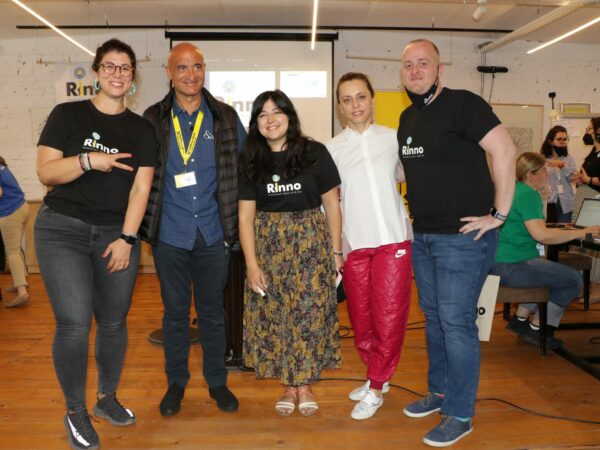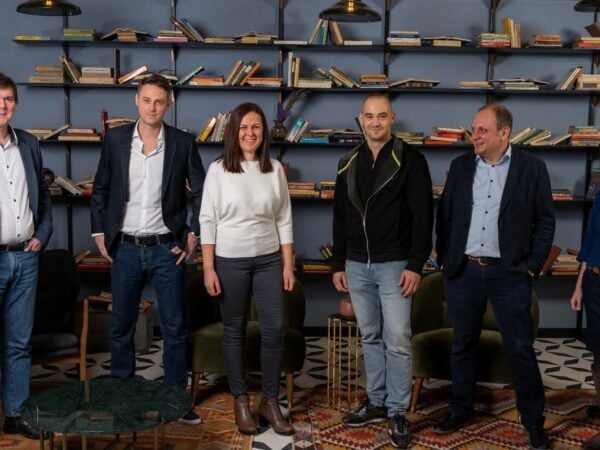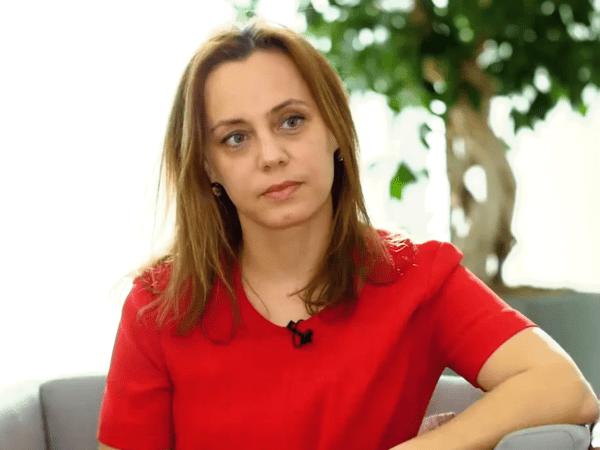It is clear that the customers’ needs change constantly, and that to ensure customer satisfaction traditional institutions have to adapt to these changes. But how does this look like in practice? Raiffeisen BANK dd Bosna i Hercegovina recently implemented agile methodology into their everyday work, especially in the field of product digitalization.
Kenan Karcic, Head of Digital Competence Center, talks about the challenges a financial institution faces while implementing a new way of working, how his team overcame them, and what he considers the future of digital banking.

Kenan Karcic
Head of Digital Competence Center
Raiffeisen BANK dd Bosna i Hercegovina
Can you tell us about the setup of the Digital Competence Center?
The Digital Banking Center is one of the youngest departments in Raiffeisen BANK dd Bosna i Hercegovina, established in 2017. Our main function is to work on improving existing and establishing new and modern digital channels, which allow for easier banking and managing our clients’ finances. Together with other departments, we work on promotion, client education and achieving goals in the fields of digital client acquisition, digital sales, and client migration from traditional to digital channels. The department is split into three teams: one team covers all of the above for retail clients, and the second team does the same for corporate clients. The bank’s Contact Centre is the third and very important team, providing the first line of support to our clients and giving important inputs to the other two teams on which areas should be improved in order to increase customer satisfaction.
All of these tasks we cannot do alone of course, but rather through close co-operation with other bank departments. Two years ago, our bank implemented the agile methodology in our everyday business, which put even more focus on our clients and the value we need to provide to fulfill their financial needs.
The agile way of working also pushed us to be more competitive, to speed up time-to-market, and most importantly – it improved our collaboration with other cross-functional teams in the bank.
What are the biggest challenges that come with introducing an agile setup to a bank and how did you overcome them?
The main goal of the agile way of working is to allow the banks to be more adaptable in reacting to changing client needs and challenges they face on the market.
Even though people usually react negatively to changes, our switch to agile methodology was quickly accepted by most bank employees. The key is to start small, then learn and expand the concept. However, there are still everyday challenges we face. Agile first changes the organization and disintegrates the traditional hierarchy and departmental silos way of working – which is in itself a challenge. It also imposes a different way of working, as it requires the work time for splitting products into small increments that constantly need to be changed and improved.
You don’t scope everything out to the highest degree like in the case of waterfall. Considering these changes, there were some employees that misunderstood the concept and roles in the beginning. However, this is easily changed through employee education and practice, and we constantly work on implementing and improving this concept as it suits us. In the end, I could say that culture and people play the key role in embracing these changes.
How did Covid-19 change your way of work and the priorities of your team?
Digitalization and digital transformation in the financial sector are not new topics that became current because of the pandemic. I often say that the only winner of this period is the digital economy, as Covid-19 enormously sped up digital literacy in clients. This is witnessed by many reports in the field of digital economy – in the financial industry as well as other industries. Specifically, at the start of the pandemic, all our key digital indicators showed significant growth. In order to stay relevant, we had to be ready, act fast, and be at disposal for our clients 24/7 – which is precisely what we did.
From the beginning, the entire bank and our team put in great effort to ensure constant client support through our Contact Centre, enable work from home for our employees, uninterrupted availability of digital services, and at the same time to implement new digital channel functionalities to improve the banking experience for our clients. For example, our Contact Centre had a 40% increase in the number of calls in 2020, and most of the transactional business was redirected to mobile, internet, or Viber banking. Additionally, we also secured a fast and convenient online application process for banking products for our clients.
What would you say is your team’s biggest success? How do you measure your successes?
I am most proud of two things: first, from the business side, the success of our mobile banking application (R’m’B) and second, of the people in my team and the atmosphere we nurture.
Through an agile way of developing and adding new functionalities, our R’m’B application was improved in many ways. Next to a great number of functionalities we implemented for our users, we are constantly adding new and polishing existing ones. This is witnessed by a constant growth in the number of registered and active clients, as well as our app currently being the best rated banking app on the market – both on AppStore and PlayStore. The second anniversary of its launch is coming up now in November, for which we are already planning rewards for our clients and employees who contributed to its success. It’s a big achievement for the Thor digital stream that works on developing the app, as well as for all other participants in the process, and I cannot help myself but congratulate all of them.
The second thing I am most proud of is our outstanding team spirit and the people I work with. My team consists of amazing, enthusiastic, and smart young people, who learn quickly and are proactive team players in all they do. This is what makes me extremely happy and proud. It is my mission to do my best to keep it this way.
How do you define innovation, and who are your main innovation enablers – be it internal departments, or external partners?
Customers don’t really buy products, they lease them to get the job done, or there is a pain point that customers want to be solved. Products and technology come and go, but customer needs persist over time. We need to focus our innovation efforts and initiatives around these needs to achieve market relevance and avoid disruption from other players. And I see that innovation is a constant need in this process.
New technology doesn’t always mean innovation by itself. It depends on how it is deployed into the market relative to the business models for existing products or services.
We as a bank need to work on innovation while our core business is strong, having in mind new technologies other players bring to our industry. This disruption represents an opportunity long before it is a threat. And to identify it, we just need to follow our customers and their needs and organize our business around them.
To achieve this, we heavily rely on our internal resources and agile teams, supported by Raiffeisen Bank International and external partners, which I strongly believe is a formula for success.
What are your plans for the future? What do you see as focus areas of your department in the future?
One of the biggest challenges of today’s digitalization efforts is attracting customers’ attention and creating a product that is worthwhile and will be regularly used. This is a challenge from the banking perspective too – what digital channels and in what measure will get used by our clients. We have the advantage of offering reliable and innovative products to clients that need to manage their financials from a young age. And digitalization allows them to do it in an easier and more accessible way. To sum it up, all of this determines our future focus, which is clients and their needs, adjusting our digital products and services to suit them, and educating all stakeholders in the process.



